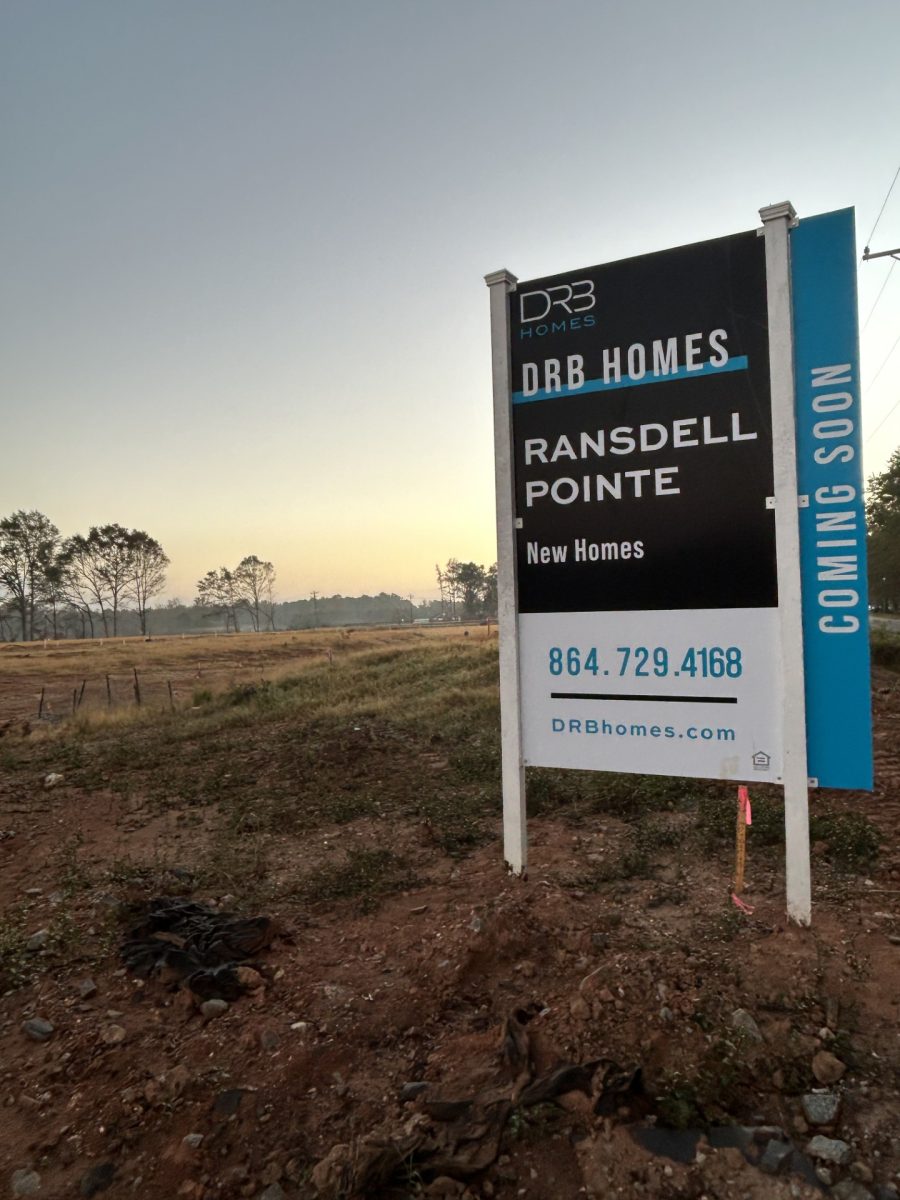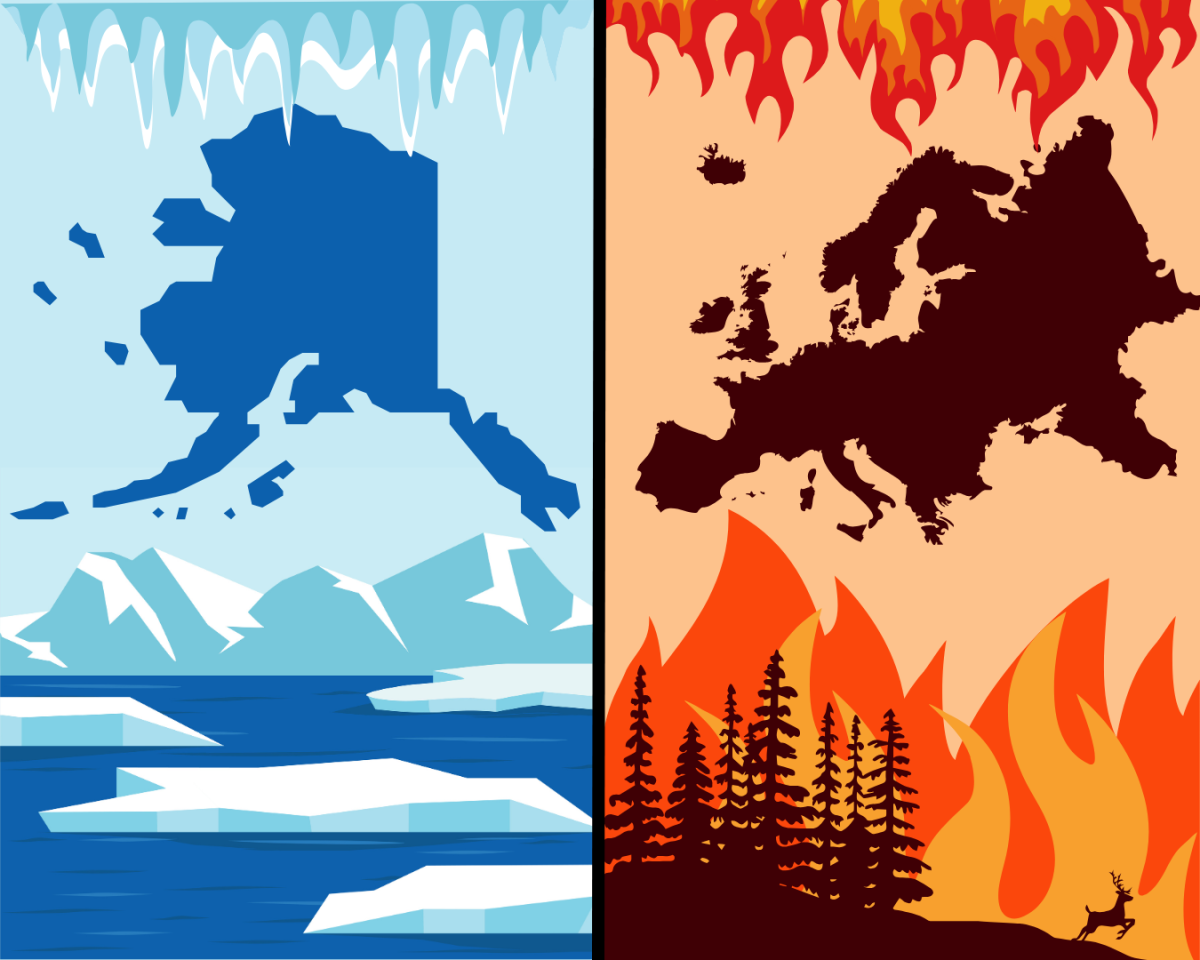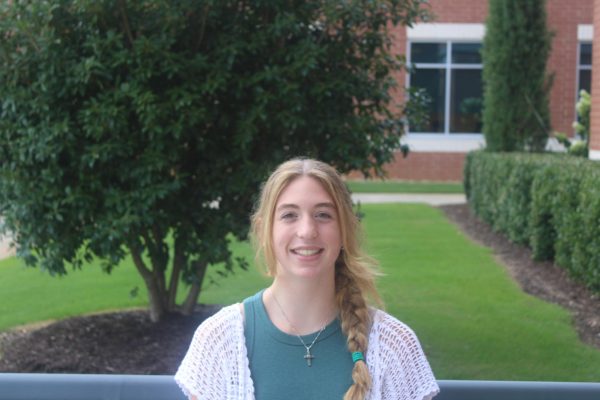As the human population grows, so do the number of houses being built. To keep up with the growth in cities and counties, housing development companies build tract housing, more commonly known as “cookie cutter” houses. This less expensive housing option came about in the 1940s to fill the demand for housing quicker and since then the suburbs have been loaded with these homes. The “cookie cutter” name comes from the repetitive design throughout the growing neighborhoods, almost like the houses had been made with a cookie cutter, getting the same or similar design with every build.
Annabelle Davis (10) explains how growth is happening not only in Spartanburg, but in Florida, where she used to live. She says she thinks if new homes are being built, roads should be too.
“I would say that in Florida there was a lot of growth and building of new neighborhoods. Many of the new homes looked very similar in architecture and style. The expansion in Jacksonville was happening in both the urban areas and the suburbs/surrounding areas,” Davis said. “One thing that builders can improve upon is better planning for the roads around the new development. The roads are not being expanded and so there is a lot of traffic around all the new buildings.”
To most people, the location and style of houses matter, which is why the spread of “cookie cutter” housing is sparking discussion throughout the United States. Some would argue the simplicity of the house design is calming and modern, while others say the basic style is too central and isn’t unique. Architects bring the culture and life into homes and cities. In today’s world, most of the newer buildings are more geometric, sharp and seem to be “losing their flair” compared to previous decades. This is making citizens wonder if the architects are losing creativity or if this is a start of a new design age.
Paul Whisnant (12) says he would rather live in a more unique neighborhood than the most recent “cookie cutter” houses and thinks Spartanburg would be affected by this uprising.
“I can appreciate the effort to reduce housing costs by increasing supply, but I wouldn’t prefer to buy a house that looks the same as every other home in the neighborhood. I think it will improve Spartanburg’s economy but at a detriment to its historic legacy,” Whisnant said.
“Cookie cutter” houses are not only known for their looks but also their structure and how well they are built. The materials used to build these houses are becoming more of an ethical debate among homeowners and potential buyers, questioning whether it is acceptable to live in a house with weak materials and still pay an extravagant price.
Building companies wanting to maximize profits are the main reason for these designs. The time it takes to use cheaper materials is faster than if construction companies took time to perfect every house in a new neighborhood. The common design these houses have also make it quicker to build than a more exotic layout.
Rob Wilder helps advise the Envirothon team at Spartanburg High School, and he believes the housing developments are affecting water flow and the decline in animal population.
“Any development destroys animal habitat, which is the top reason for loss of species worldwide. Topsoil is lost through erosion. There is an overall increase in the likelihood of flash flooding due to the impervious surfaces created by the development. Impervious surfaces do not allow the rainwater to infiltrate the ground and quickly runs off into the local waterways such as Lawson Fork Creek,” Wilder said.









